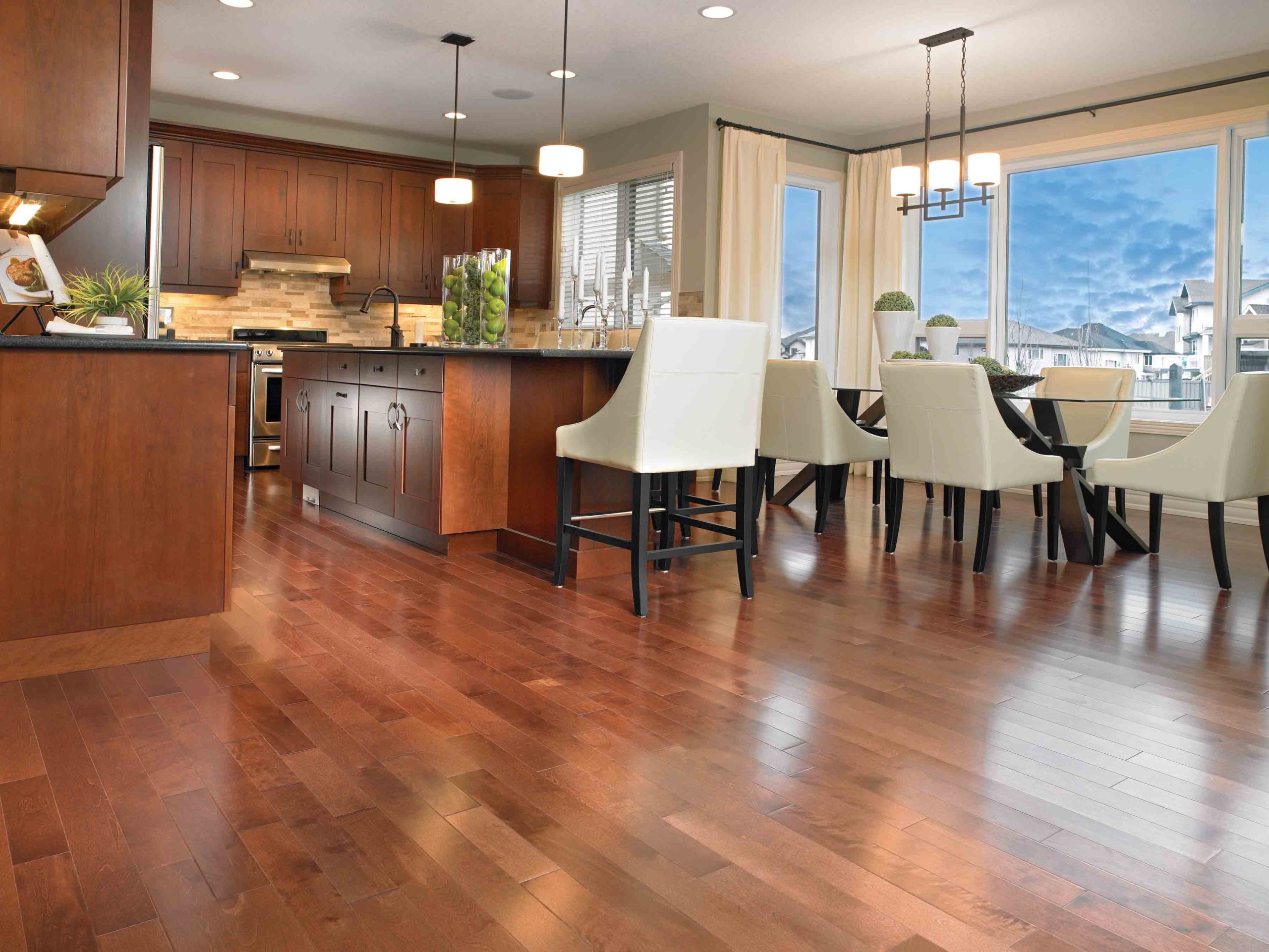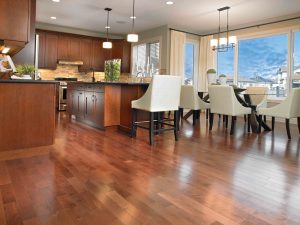Deciding Whether to Go for Laminate or Wood Flooring


You like the look of timber, and you want its elegant beauty to increase the appeal of your own home.
The good news is that even with a limited budget, you can make this happen. Today, many kinds of floorings offer the look of wood without costing you even a small fortune.
The wide variety of options available in the market, however, can leave you dizzy and undecided. Even if you narrow them down to two or three, you’re still not sure which choice is the best one for you. Now, for instance, you’re weighing the pros and cons of both wood and laminate flooring. Which one should you get?
To answer that question, take these factors into consideration:
If your home has concrete floors, laminates will offer your ideal choice because unlike solid timber flooring, they can be locked into place without the installer having to hammer through hard surfaces. If you still prefer the solid timber flooring, you may need to spend on a foam underlay and deal with the higher cost of having the lumber slabs nailed into place.
Is foot traffic in your house heavy? Laminates, although durable, usually don’t do well with heavy duty use because these are plastics that are layered with a photographic rendition of wood grain. In addition, if they are damaged, they cannot be repaired and will need to be replaced.
If your home has more than 7-8 occupants, has 2 or more children, or is used extensively for social gatherings, it’s recommended that you cover the floors of high usage areas (your kitchen, dining area, decks, and living room) with real timber.
How much can you put away for this home improvement project? Remember to include the installation costs as well as the extras like delivery fees, nails, underlays, and other necessary supplies. Laminates are more budget-friendly than the solid lumber options.
Will you expect to budget for yearly buffing, oiling, or polishing for wooden floors, or can you do this yourself? If you prefer the hassle-free option, opt for the laminated surfaces, since these are easier and cheaper to maintain. Just be sure to you wipe off spills right away so that they won’t leave unflattering stains.
Timber flooring may be expensive, but depending on the option you choose, it can last a lifetime. Floating wood tiles, for instance, typically last about five years or less, although they cost less. If you are improving a house that you expect to live in temporarily, it makes sense to choose the wood tile option. If it’s a permanent residence where you expect to live for at least 10 years or more, though, the more expensive solid wood will also provide much greater durability.
If you are planning to sell your house, timber floors will add value to your property; many buyers and potential homeowners find them an appealing feature because they last longer and are more valuable.
Should you really install hardwood strips in all areas of your home? If you find this prospect daunting, consider using a mix of synthetic and authentic boards. For example, use laminates in the study or your bedroom and install solid timber on kitchen floors. This way, you strike a good balance between cost and functionality.
The writer of this blog post is Victor Patel. He is an expert blogger writing on various home related projects including NJ Wood Flooring.
